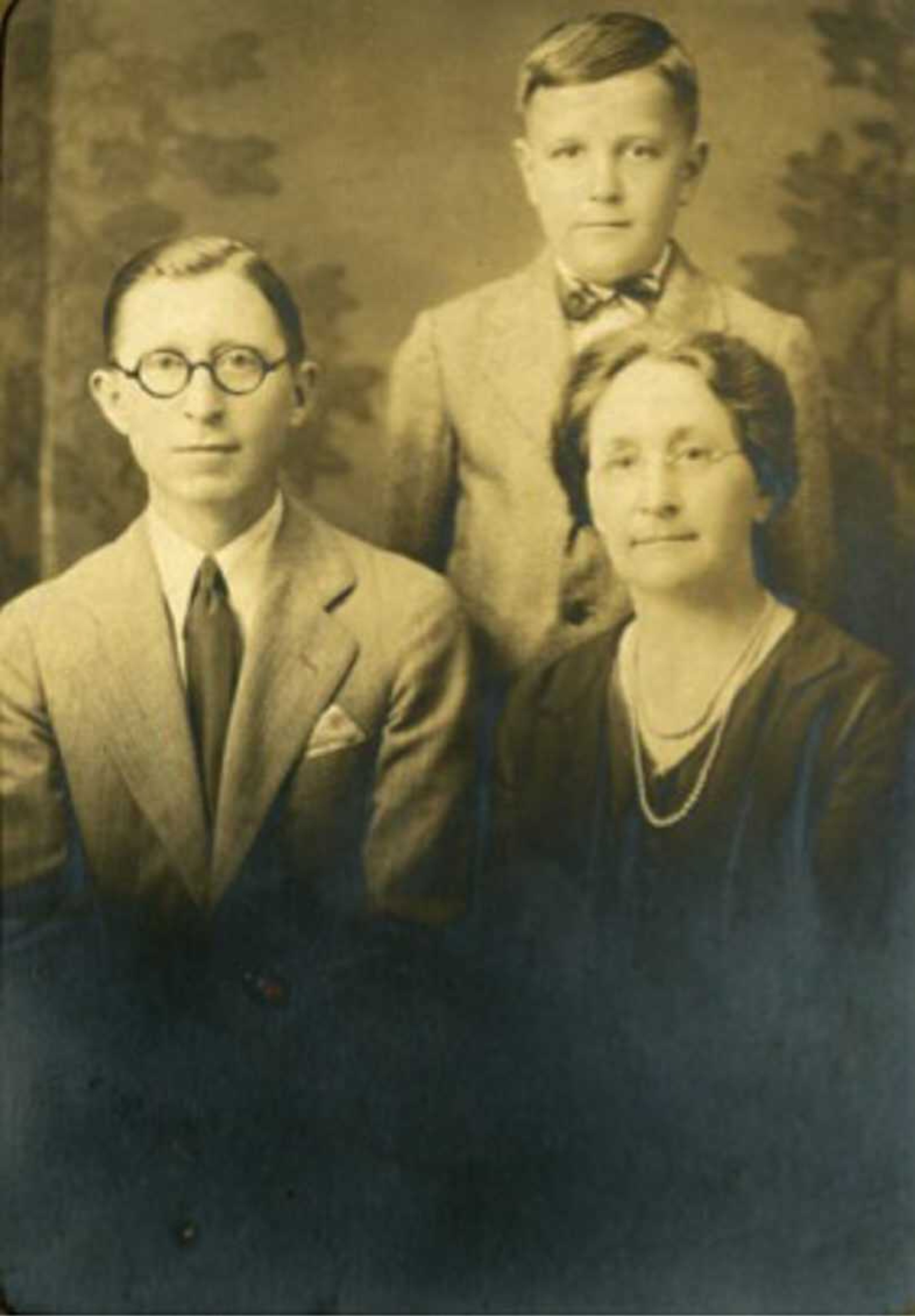Manuscript collections: Original sources for genealogy
Oftentimes genealogical researchers want to know more about their relatives than the matter-of-fact information they can get from public records. Sometimes insight into people's lives and personalities may be glimpsed in court case or probate files, but details for some of them are in manuscript collections. This is rarely the case, but if there are papers related to an ancestor in an archive, they can be a gold mine for learning these details...
Oftentimes genealogical researchers want to know more about their relatives than the matter-of-fact information they can get from public records. Sometimes insight into people's lives and personalities may be glimpsed in court case or probate files, but details for some of them are in manuscript collections. This is rarely the case, but if there are papers related to an ancestor in an archive, they can be a gold mine for learning these details.
The term "manuscript" is from Latin, meaning "written by hand". One definition of manuscript is "a piece of writing in its native, unpublished state". The term in modern times also encompasses unpublished typescripts, photographs and other images, and oral histories (whether recorded or transcribed). The usual location housing manuscript collections is an archive.
Materials in manuscript collections come from various sources. Individuals or families may donate letters, family papers such as Bibles, photographs or important documents in some cases. Surviving relatives sometimes provide materials from estates of deceased people. Some collections are from businesses -- either defunct or still existing. Groups and organizations may donate older records or may donate records when the group ceases to exist. Finally, archives sometimes purchase historic documents, although this is rare except in the case of endowed archives or if the documents are of extraordinary historical interest.
Expect to find a variety of types of documents in archival collections. Personal documents such as letters or diaries can provide insight into your ancestor and his life, even if other people created the documents mentioning your relative. Archives may hold information on enslaved people, including bills of sale or plantation records. Historic maps in archives assist in finding ancestor's homes and could show obsolete names for geographic features. Business records such as ledgers show ancestors purchasing various goods. Photographs of identified individuals are in archives. Another item in archives might be historic newspapers not yet digitized or available elsewhere.
Archives sometimes house public records that local governments did not retain. The variety of records in archives often provides insight into the lives of ancestors, even if there is no specific mention of the ancestor. You may find information relating to your ancestor's participation in historic events. Both direct and indirect evidence of relationships among people may be in manuscript collections, including vital records. If your ancestor lived in a county in which records burned or disappeared, you may be able to bridge these information gaps with archival collections. Key details of local history appear in documents preserved in archives as well.
A key feature for archival collections is a finding aid. Finding aids provide background information on a specific collection contributed by donors. Indices of names may be in the finding aid, which ideally is available online -- particularly for larger collections with professional archiving. High-quality finding aids tend to be available for collections in larger archives, usually maintained by universities or state and national-level organizations. Professional or pre-professional staff produce the best finding aids. This is because training for archivists usually includes internships or practicums, and production of good finding aids is part of this training.
What can you expect to see in a finding aid? The collection has a name, assigned at the time of donation, such as "Smith Family Papers." The archive assigns the collection a number, usually keyed to location or topic. The finding aid includes the range of dates for items in the collection and the name of the creator (either the donor or the primary person who collected or generated the materials). A statement of the circumstances and time of donation are part of this. An abstract provides a brief biography of the creator, the importance and scope of the collection and the materials included.
Finding aids include the size of the collection, either in cubic feet or number of boxes or folders. The basic arrangement and contents of the collection in its containers provide details. Listed are the primary language(s) used in the documents and the name of the repository (including branch archive for larger organizations). Any restrictions on access or use are part of the finding aid. For example, some photographs may restrict use in publications, or may do so until a certain number of years have elapsed. If some documents have sensitive information, they may have permanent restrictions or time-limited restrictions.
For documentation if you use the materials in publications, a preferred citation for the collection appears in the finding aid. Finally, larger collections include an index of important names, locations or topics. In exceptionally large collections, this may run for dozens of pages.
Connect with the Southeast Missourian Newsroom:
For corrections to this story or other insights for the editor, click here. To submit a letter to the editor, click here. To learn about the Southeast Missourian’s AI Policy, click here.










